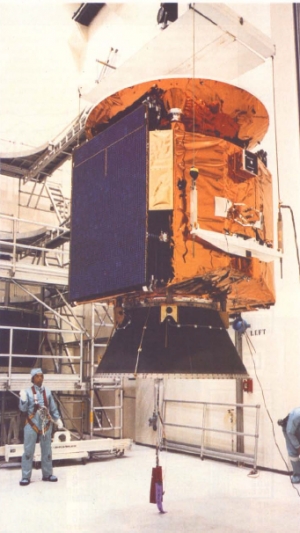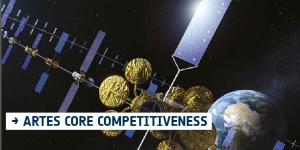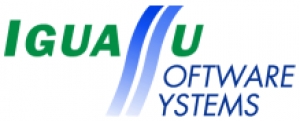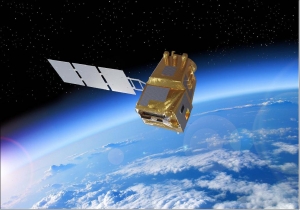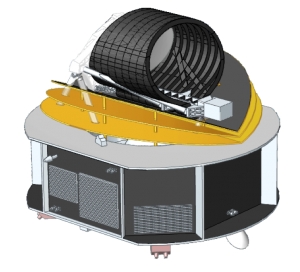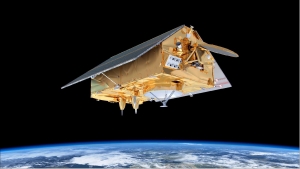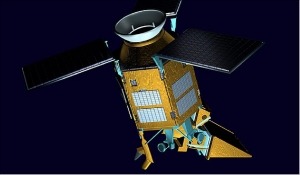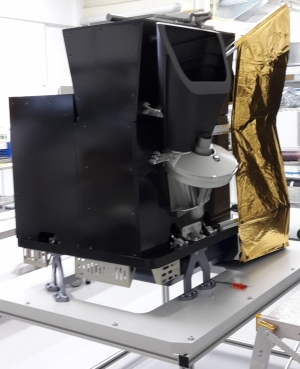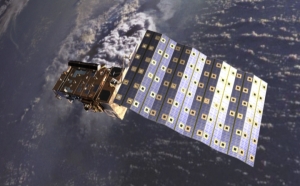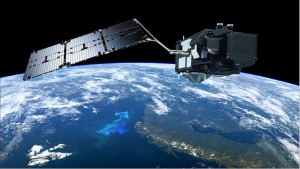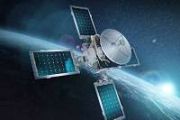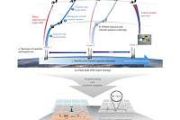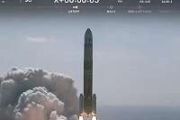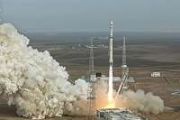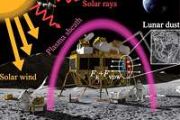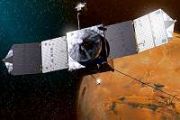Displaying items by tag: ESA
MARECS B2 - historical personal memories.
Sharing some amazing historical personal moments in my space career.
In 1984, 37 years ago, I was a new and very young EMC engineer just starting work at Marconi Space System in Portsmouth, UK. My first experience in those heady days of new pioneering space applications was with the INMARSAT MARECS-B2 (Maritime European Communications satellite).
ARTES (Advanced Research in Telecommunications Systems)
ARTES is ESA's (European Space Agency) long-running, large-scale program to support the development of advanced satcom products and services. The ARTES program facilitates research and development activities as well as providing a framework for partnerships within the industry with goal of contributing to the development of European and Canadian industries. It assists them in the development of advanced technologies and concepts that form the basis for competitive products and services.
Satellite communications is the economic engine of the space industry, accounting for two thirds of overall space industry revenue. Worldwide data traffic is estimated to grow 800% by 2019, making broadband and data communications services leading growth segments. ESA’s Directorate of Telecommunications and Integrated Applications (TIA) keeps European and Canadian industry at the leading edge of this fiercely competitive global market by nurturing innovation. 1) 2) 3) 4)
Through ESA’s support, industry can pursue research and development that would otherwise not be economically viable. Growing new space-enabled applications and services stimulates the wider economy, creating new business and jobs across almost every sector.
Iguassu Software Systems
Iguassu Software Systems (ISS) excels in design and development of technology software applications and in aerospace marketing consultancy for Latin America and central Europe. Its core business is with the European Space Agency (ESA) and other space customers. During the transition period before full ESA membership (PECS 2005-2008), ISS was the most successful Czech space company, having been awarded 6 contracts, 2 of which through participation in international competitive tenders. Since the Czech accession to the ESA convention at the end of 2008, ISS is again in the forefront – the only Czech company to be awarded more than one project (in fact 3) in the ESA Czech industrial incentive scheme in 2009 and the only one to win work in competitive tenders with Astrium D and EOX in 2010.
LSTM Copernicus - Land Surface Temperature Monitoring mission
LSTM is a next generation ESA mission within the Copernicus program to complement Sentinel observation capabilities with high spatio-temporal resolution TIR (Thermal Infrared) observations over land and coastal regions in support of agriculture management services,and possibly a range of additional applications and services. The primary objective is to enable monitoring the evapotranspiration (ET) rate at European field scale by capturing the variability of Land Surface Temperature (LST) (and hence derived ET) allowing more robust estimates of field-scale water productivity.
Ariel Space Mission
Copernicus: Sentinel-6 - Michael Freilich Mission - formerly Jason-CS Mission
Jason-CS is the second component of the hybrid solution (Jason-3 + Jason-CS) agreed to in 2009. Jason-CS will ensure continuity with Jason-3 to guarantee adequate overlap with Jason-3. At least two satellites with a 7 years lifetime each (5 years + 2 years consumables) are planned to give time before new technologies such as swath interferometry (SWOT mission) can be considered as operational. 1) 2)
The Jason-CS satellite will carry a radar altimeter package to continue the high-precision, low-inclination altimetry missions of Jason-2 and -3. It will complement the high-inclination measurements on Sentinel-3 to obtain high-precision global sea-surface topography for the marine and climate user community.
Copernicus: Sentinel-5P - Precursor - Atmospheric Monitoring Mission
Sentinel-5P (or S-5P, or S5P) is an approved LEO pre-operational mission within the European GMES (Global Monitoring for Environment and Security) program — a collaborative effort of ESA and NSO (Netherlands Space Office). The goal is to fill the gap between the current atmospheric monitoring instruments SCIAMACHY on ESA's Envisat satellite and OMI (Ozone Monitoring Instrument) carried on NASA's Aura mission, as these instruments come to the end of their lifetimes, and the launch of the Sentinel-5 mission is planned for the timeframe 2020. Note: The Envisat mission operations ended on May 9, 2012. 1) 2) 3) 4)
Copernicus: Sentinel-4 - GEO Component Mission
The Sentinel-4 (S-4) mission within the context of Copernicus represents the geostationary component of European (EC, ESA) operational atmospheric composition monitoring missions.
In December 2007, the GMES Atmospheric Service Implementation Group of the EC (European Commission), issued its preliminary recommendations for the development of the GMES Space Segment operational capabilities in regard of atmospheric missions. In particular, it recommended implementing the Sentinel-4 mission as a UVN (UV/Visible/Near-infrared) sounder to be deployed on the two MTG Sounding (MTG-S) satellites. 1) 2) 3) 4) 5) 6)
|
Copernicus is the new name of the European Commission's Earth Observation Programme, previously known as GMES (Global Monitoring for Environment and Security). The new name was announced on December 11, 2012, by EC (European Commission) Vice-President Antonio Tajani during the Competitiveness Council. In the words of Antonio Tajani: "By changing the name from GMES to Copernicus, we are paying homage to a great European scientist and observer: Nicolaus Copernicus (1473-1543). As he was the catalyst in the 16th century to better understand our world, so the European Earth Observation Programme gives us a thorough understanding of our changing planet, enabling concrete actions to improve the quality of life of the citizens. Copernicus has now reached maturity as a programme and all its services will enter soon into the operational phase. Thanks to greater data availability user take-up will increase, thus contributing to that growth that we so dearly need today." |
Table 1: Copernicus is the new name of the former GMES program 7)
Copernicus: Sentinel-5 - Atmospheric Monitoring Mission in LEO
Sentinel-5P (or S-5P, or S5P) is an approved LEO pre-operational mission within the European GMES (Global Monitoring for Environment and Security) program — a collaborative effort of ESA and NSO (Netherlands Space Office). The goal is to fill the gap between the current atmospheric monitoring instruments SCIAMACHY on ESA's Envisat satellite and OMI (Ozone Monitoring Instrument) carried on NASA's Aura mission, as these instruments come to the end of their lifetimes, and the launch of the Sentinel-5 mission is planned for the timeframe 2020. Note: The Envisat mission operations ended on May 9, 2012. 1) 2) 3) 4)
Copernicus: Sentinel-3 - Global Sea/Land Monitoring Mission including Altimetry
The Sentinel-3 (S3) mission of ESA and the EC is one of the elements of the GMES (Global Monitoring for Environment and Security) program, which responds to the requirements for operational and near-real-time monitoring of ocean, land and ice surfaces over a period of 20 years. The topography element of this mission will serve primarily the marine operational users but will also allow the monitoring of sea ice and land ice, as well as inland water surfaces, using novel observation techniques.The Sentinel-3 mission is designed as a constellation of two identical polar orbiting satellites, separated by 180º, for the provision of long-term operational marine and land monitoring services. The operational character of this mission implies a high level of availability of the data products and fast delivery time, which have been important design drivers for the mission. 1) 2) 3) 4) 5) 6) 7) 8) 9) 10) 11) 12) 13) 14)
The Sentinel-3 program represents a series of operational spacecraft over the envisioned service period to guarantee access to an uninterrupted flow of robust global data products.

